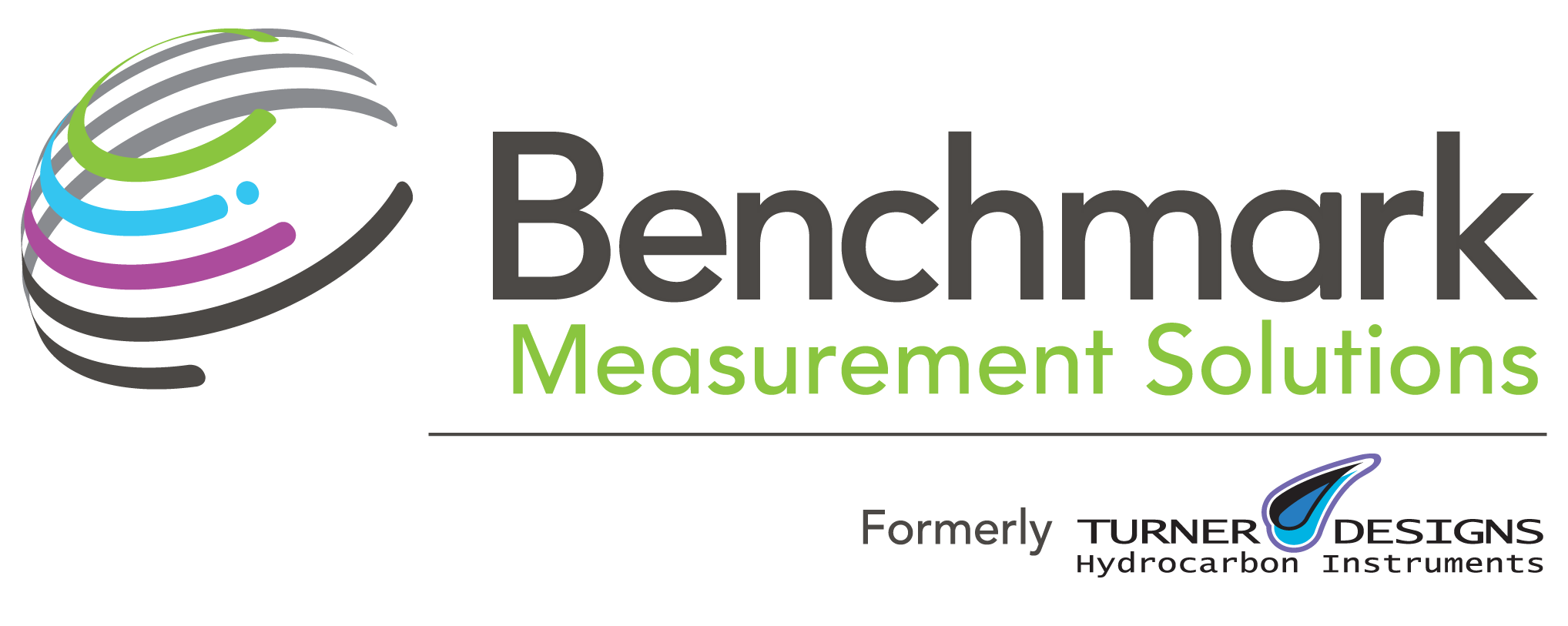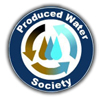The Situation
Hydrocarbons in municipal water supplies, including fresh water and desalination systems, are commonly limited to less than 1 part per million. Surface water from rivers, lakes, or the sea with marine traffic, nearby pipelines, or regular flooding can be contaminated by hydrocarbons. Freshwater treatment systems can be damaged by hydrocarbons or allow them to pass through undetected. Desalination systems using reverse osmosis (RO) membranes can be irreversibly damaged by the presence of hydrocarbons. Continuous monitoring of water source intakes can prevent system contamination and subsequent damage. Accurate, low maintenance monitoring systems such as the TD-4100 XD and XDC have been protecting water intakes worldwide for over 20 years.
The Problem
Naturally occurring organics in raw water are typically removed with chemicals. Total Organic Carbon (TOC) analyzers in the water treatment system can alert technicians when generic organic material is present but cannot differentiate between natural organics, such as algae or decomposed plant matter, and hydrocarbons. Using UV fluorescence technology, a properly configured TD-4100XD can alert operators to upsets caused by hydrocarbons such as gasoline, diesel, fuel oil, and crude oil.
 Desalination systems using reverse osmosis membranes can be irreversibly fouled and damaged by hydrocarbons. When fouled, the differential pressure across the membranes increases, as does the pumping energy needed to maintain the same flux rate through the membrane. Membrane cleaning and restoration to 100% is nearly impossible.
Desalination systems using reverse osmosis membranes can be irreversibly fouled and damaged by hydrocarbons. When fouled, the differential pressure across the membranes increases, as does the pumping energy needed to maintain the same flux rate through the membrane. Membrane cleaning and restoration to 100% is nearly impossible.
The Solution
A fluorescence monitor can be configured for sensitivity to hydrocarbons, with reduced response to other organics. The TD-4100XDC has the highest sensitivity to hydrocarbons in raw water, has a low cost of ownership, and can be modified with Teflon, Monel, and other corrosion resistant materials for sea water environments. For raw water intakes, the TD-4100XDC can measure diesel from the limit of detection, other fuels, polycyclic aromatic hydrocarbons (PAH), and is sensitive to benzene, toluene, ethylbenzene, and xylenes (BTEX).
The fluorescence measurement is instant, continuous, and direct with no chemicals, reagents, or sample conditioning. Local technicians can perform all regular maintenance and calibrations.




